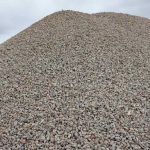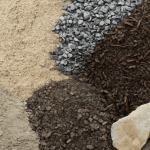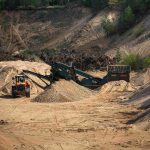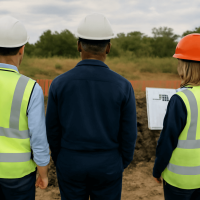When it comes to large-scale construction and landscaping projects, the selection of the right materials plays a decisive role in both performance and long-term durability. Among these materials, fill sand stands out as one of the most versatile, affordable, and widely used aggregates. From preparing a stable foundation for roadworks to ensuring proper backfilling in residential or commercial developments, fill sand offers both structural integrity and environmental benefits.
In Western Australia, demand for high-quality fill sand continues to grow, driven by urban development, infrastructure projects, and landscaping needs. Companies like Peel Resource Recovery have taken the lead in supplying sustainable, screened, and reliable fill sand solutions tailored to diverse client requirements across the region.
This article explores the critical role of fill sand, its applications, environmental benefits, and how sourcing it responsibly contributes to sustainable construction practices in WA.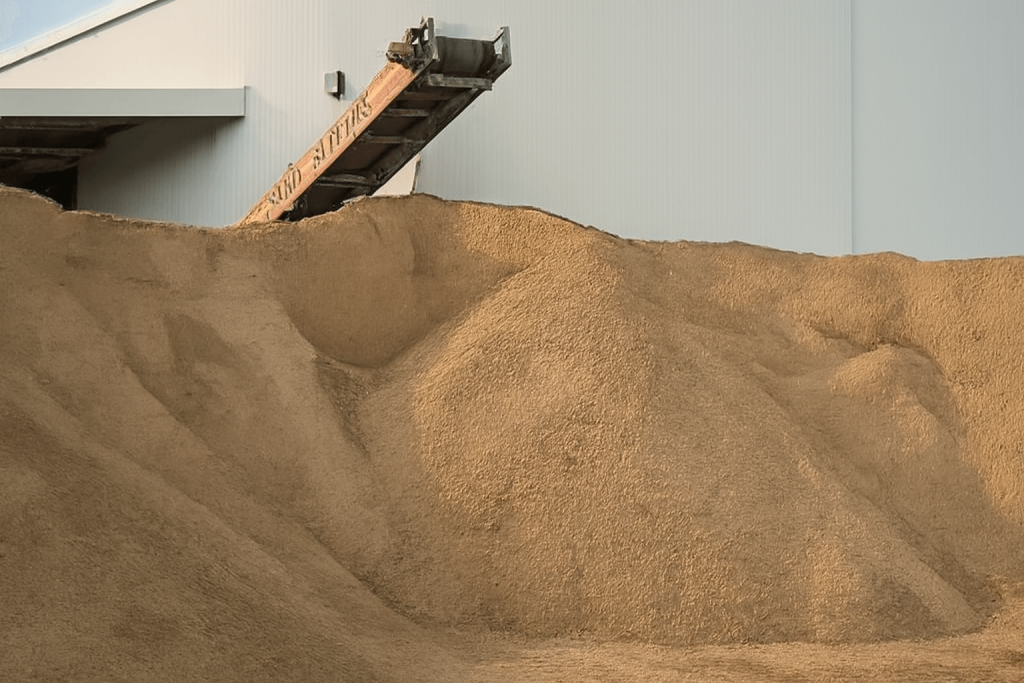
What is Fill Sand?
Fill sand is a type of coarse, granular material primarily composed of small particles of rock and mineral fragments. Unlike decorative sand used in landscaping, fill sand is not primarily chosen for aesthetic appeal but rather for its compactability and drainage capabilities. Its natural composition allows it to settle firmly when compacted, making it ideal for providing structural support in both civil engineering and residential projects.
Fill sand is typically sourced from natural quarries, recycled aggregates, or excavation byproducts, ensuring a cost-effective yet reliable supply for ongoing projects.
Key Applications of Fill Sand
Fill sand is used extensively across different sectors due to its versatility. Some of its most common applications include:
1. Backfilling
Fill sand is frequently used for backfilling around foundations, retaining walls, and utility trenches. Its excellent compactability ensures stability and prevents unwanted shifting of surrounding structures.
2. Site Leveling
Before construction begins, fill sand is often used to level uneven terrain. Its ability to fill gaps and voids provides a flat, stable surface suitable for further development.
3. Road Base and Infrastructure Projects
In road construction, fill sand provides a supportive subgrade layer. It ensures drainage and prevents water accumulation, which can otherwise damage the pavement structure.
4. Drainage Systems
Due to its coarse texture, fill sand allows water to pass through efficiently, making it an excellent choice for drainage systems and septic tank installations.
5. Landscaping and Recreational Areas
Fill sand is also used in landscaping to create stable foundations for lawns, playgrounds, or decorative rock gardens. It provides a cost-effective way to shape land while ensuring long-term durability.
Advantages of Using Fill Sand
The benefits of fill sand extend beyond affordability. Some of the major advantages include:
- Cost-Effectiveness: One of the most affordable bulk materials, reducing overall project costs.
- Excellent Drainage Properties: Prevents waterlogging and supports proper groundwater movement.
- Strong Compaction: Creates a solid, stable base for construction and landscaping.
- Versatility: Suitable for both large-scale civil engineering projects and smaller residential tasks.
- Sustainability: When sourced from recycled materials, fill sand reduces reliance on natural extraction.
Sustainable Sourcing of Fill Sand in WA
Sustainability has become a key consideration in modern construction practices. In Western Australia, companies like Peel Resource Recovery prioritize eco-friendly sourcing methods by recycling excavation materials and processing construction waste into usable fill sand. This approach not only minimizes landfill usage but also supports a circular economy where waste materials are transformed into valuable construction resources.
According to The Australian Government Department of Climate Change, Energy, the Environment and Water, sustainable resource recovery plays a crucial role in reducing environmental impacts and promoting responsible construction practices. By sourcing fill sand responsibly, contractors contribute to reducing carbon footprints while maintaining high-quality project outcomes.
Fill Sand in Western Australian Construction Projects
From Perth to regional WA, fill sand plays a vital role in shaping infrastructure projects. Whether it is preparing the ground for a new housing development or creating stable road subgrades in rural areas, the demand for high-quality fill sand continues to rise.
Local construction companies and contractors rely heavily on dependable suppliers to ensure consistent quality and timely delivery. This reliability becomes particularly important in large-scale projects where delays or poor material quality can result in significant financial setbacks.
Choosing the Right Fill Sand Supplier
Selecting the right supplier is as important as the material itself. Here are a few factors to consider:
- Quality Assurance – Ensure the fill sand is free of contaminants and meets compaction standards.
- Sustainability Practices – Work with suppliers that prioritize recycled materials and environmentally friendly methods.
- Consistency of Supply – A dependable supply chain ensures projects stay on schedule.
- Local Knowledge – Suppliers familiar with Western Australia’s soil and climate conditions provide better recommendations.
Peel Resource Recovery offers not just high-quality fill sand but also expertise in waste recovery, recycling, and construction material supply across WA. Their sustainable approach ensures that clients receive eco-friendly, cost-effective solutions tailored to specific project needs.
The Future of Fill Sand in WA
As Western Australia continues to expand its infrastructure and housing developments, demand for fill sand will remain strong. However, the emphasis on sustainable practices will shape the way this material is sourced and supplied. Recycling, advanced processing, and strict environmental guidelines will ensure fill sand continues to be an essential yet eco-conscious resource for decades to come.
Conclusion
Fill sand may seem like a basic construction material, but its importance in ensuring stability, drainage, and cost-efficiency cannot be overstated. For projects across Western Australia, from small landscaping jobs to major infrastructure developments, sourcing reliable and sustainable fill sand is key to long-term success.
By choosing suppliers such as Peel Resource Recovery, contractors not only gain access to premium-quality materials but also contribute to building a more sustainable future for WA. Combined with government-backed sustainability initiatives, fill sand remains at the forefront of responsible construction and land development.


